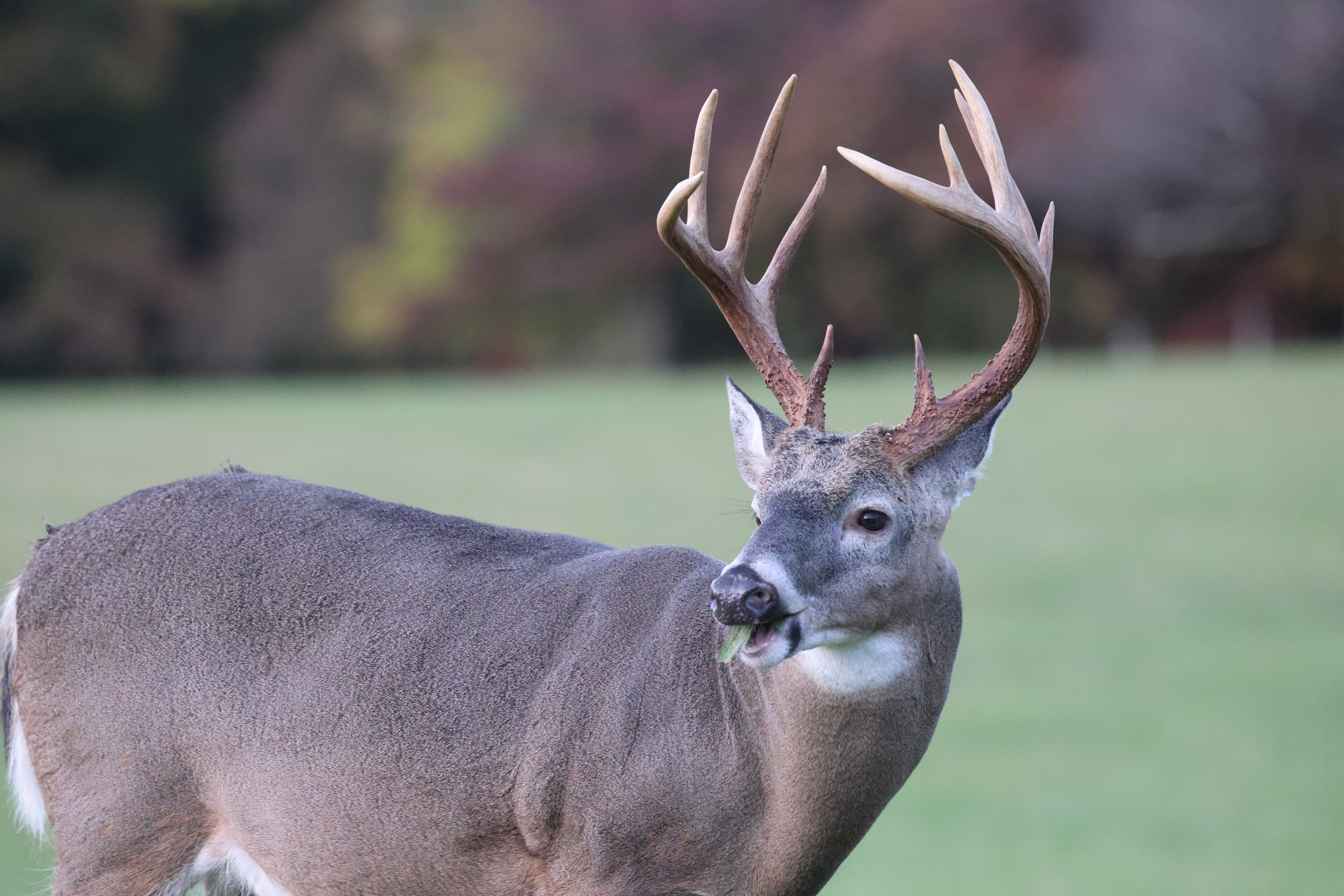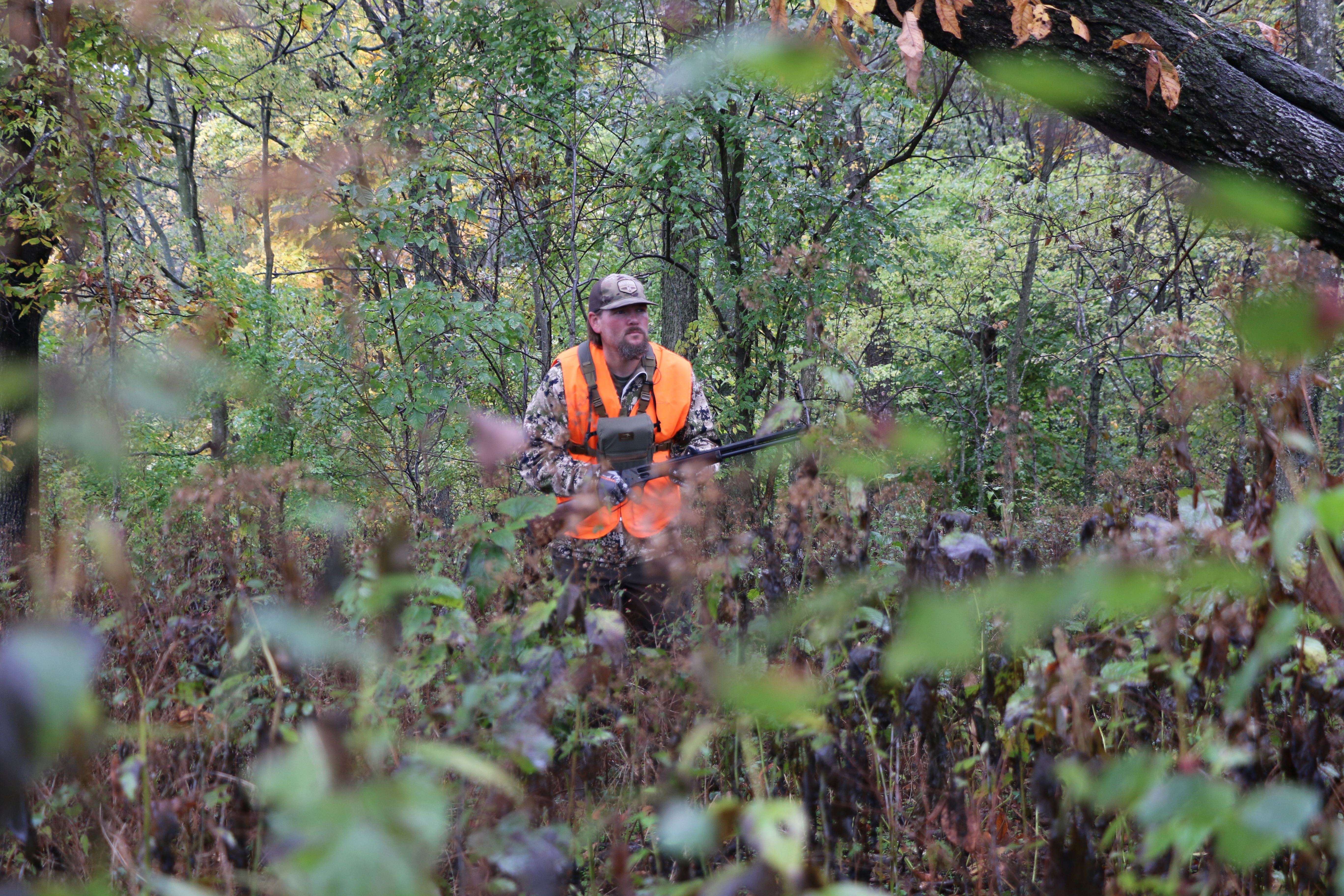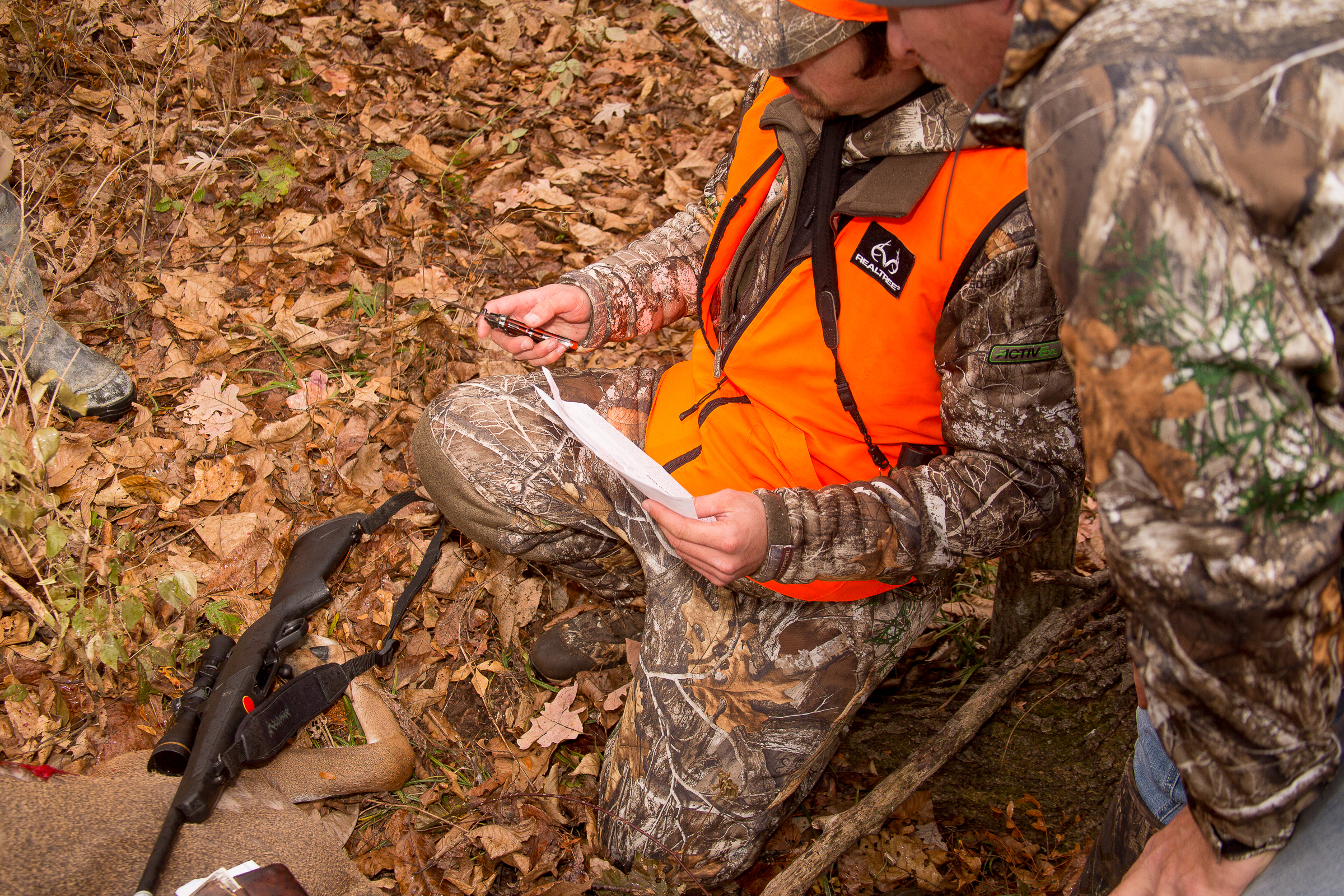
Sometimes, hunters give or receive bad advice. Unfortunately, many of these things are quite prevalent. Here is some of the worst deer hunting advice … ever.
More times going hunting increases odds of success.
Some hunters will tell you that the more you hunt the higher your odds of success. In some cases, that might be true. Examples include stand locations with really good entry and exit routes, deer herds more tolerable of human intrusion, and if you are routinely hunting different stand locations and properties (so as not to burn out a specific area).
In many cases, hunting day after day can decrease your chances of success, though. That’s especially true if hunting a specific deer in a specific area. Hunters are better off leaving that deer alone until they have a good pattern on it, and the conditions align for a good daylight encounter with that buck.
This is where trail cameras really come into play. These can help pinpoint where a deer is living, where it’s moving in daylight, and reveal when it does decide to move during daylight. Waiting for good weather conditions can help you anticipate such movement.
Safety is of no concern.
Some people will say that hunting is not dangerous at all. Comparatively speaking, hunting is safe, especially when you look at the number of injuries in other activities that are non-weapons related. But the majority of hunting accidents are not weapon-related. Generally, the leading cause of injury and death in hunting is a result of treestand falls. Other things, such as hypothermia, animal attacks, and other rare issues, produce lesser statistics.
To minimize the treestand fall risk, use safety equipment. Always wear a TSA-approved safety harness and lifeline system. This is ensures that you stay tethered to the tree from the time you leave the ground until you reach it again.
Scouting is one dimensional.
Old-school hunters will tell you that trail cameras aren’t necessary. All they need is some glassing from afar and boots on the ground to determine what a deer heart is doing. New-school hunters will tell you that trail cameras are all you need to scout and pattern a specific deer or to monitor a deer herd. Neither are true. Scouting is not one-dimensional. Instead, hunters should use all available scouting means. This includes an integrated effort involving glassing from a far, walking the property, and running trail cameras.
Your route to and from the stand doesn’t matter.
One of the biggest mistakes hunters make is taking poor routes and trails to the treestands and blinds. Equally detrimental to the hunt is using the wrong exit routes, as this impacts your next hunt. It’s crucial to use entry and exit routes that do not alert deer to your presence. Oftentimes, that means using different routes in an out. It might even mean using different routes to the same stand based on different wind directions or situations.
You can beat the wind.
There are many different scent-related products on the market today. Many of these are designed to reduce human scent. While most of these products work, I question if they work with 100% effectiveness. I have been smelled by deer, many times while using such products. Some people will tell you that you can play the wind or beat the wind by using these products and completely ignore which direction it blows.
I disagree. I use scent-prevention products. But I don’t use these as tools to completely ignore wind direction. Rather, I use these to help reduce my scent as much as possible. That way, if a deer happens to get downwind, perhaps it will buy me some time, make that deer think that I’m further away than I am, or that I am no longer there but was earlier. Furthermore, if I decide to hunt a just-off wind, these products can help me minimize the stink that escapes into my scent cone.
A deer blew, so my hunt is over.
One of the biggest misconceptions is that a deer blowing signals the end of a hunt. In some cases, that might be true. For example, if your loan target buck smells you, blows, and runs off, it’s probably over for the day. But if a non-target deer blows, that’s not necessarily game over. Continue to hunt even if a deer blows.
I’ve been in numerous situations where a deer blew. Then, I either saw or shot a deer after that. Just because a deer blows doesn’t mean the gig is up. In many situations, you can still succeed.
ATVs don’t spook deer.
Staggering numbers of private land deer hunters use ATVs or UTVs to reach their stand. That’s a big mistake. In some instances, you might still shoot that deer. But the vast majority of the time, that will hurt you. Mature deer catch on quickly and realize what an ATV in the timber means. Start parking that four-wheeler further away.
Calling and rattling only work during the rut.
Some people will tell you that calling and rattling efforts are only successful during the rut. This is false. In fact, perhaps the best time to call or rattle in a deer is during the latter days of the pre-rut. Then, second-best is likely the rut. And don’t sleep on the late season, either. Calling and rattling can work then, too.
Culling bucks improves deer herd genetics.
One of the greatest tragedies of deer hunting is the vast belief in the effects of culling. A staggering percentage of deer hunters still believe that shooting at an inferior deer will lead to bigger antlers over time. That’s simply not true, and for several reasons.
First, bucks only contribute 50% of their offspring‘s antler genetic code. Does contribute the other 50%, and there’s no way to determine a does potential in a wild deer herd. That would require a pedigree. Secondly, does are responsible for the care of fawns. If they don’t do a good job, this results in subpar antlers for the first year, and possibly longer. Furthermore, just because a buck has big antlers, doesn’t mean it will sire big-antlered offspring, and vice versa. Overall, antler genetics are too engrained in the herd to impact via “culling.”
While genetics cannot be influenced in wild deer, other antler growth factors can be. Reduce stress by limiting hunting pressure and predator numbers. Improve habitat quality. Offer better nutrition. And allow bucks to reach older age classes.

If you don’t kill that buck, someone else will.
There’s this fear among hunters that, if they don’t shoot a buck that somewhat interests them, but they’d like to pass and allow to grow, that someone else will shoot it instead. This oftentimes leads them to go ahead and tag a deer they would otherwise allow to reach an older age. Hunters must resist this mentality individually and as a whole to improve the age structure of a deer herd. Resist that thought process when it hits.
Overall, there are many more myths and bad deer hunting advice to avoid. But this list is a great place to start. Always pass deer hunting statements through a filter, and see where that advice lands. Then, keep it or pitch it, and go hunting.
Article by Josh Honeycutt
Photos by Honeycutt Creative





